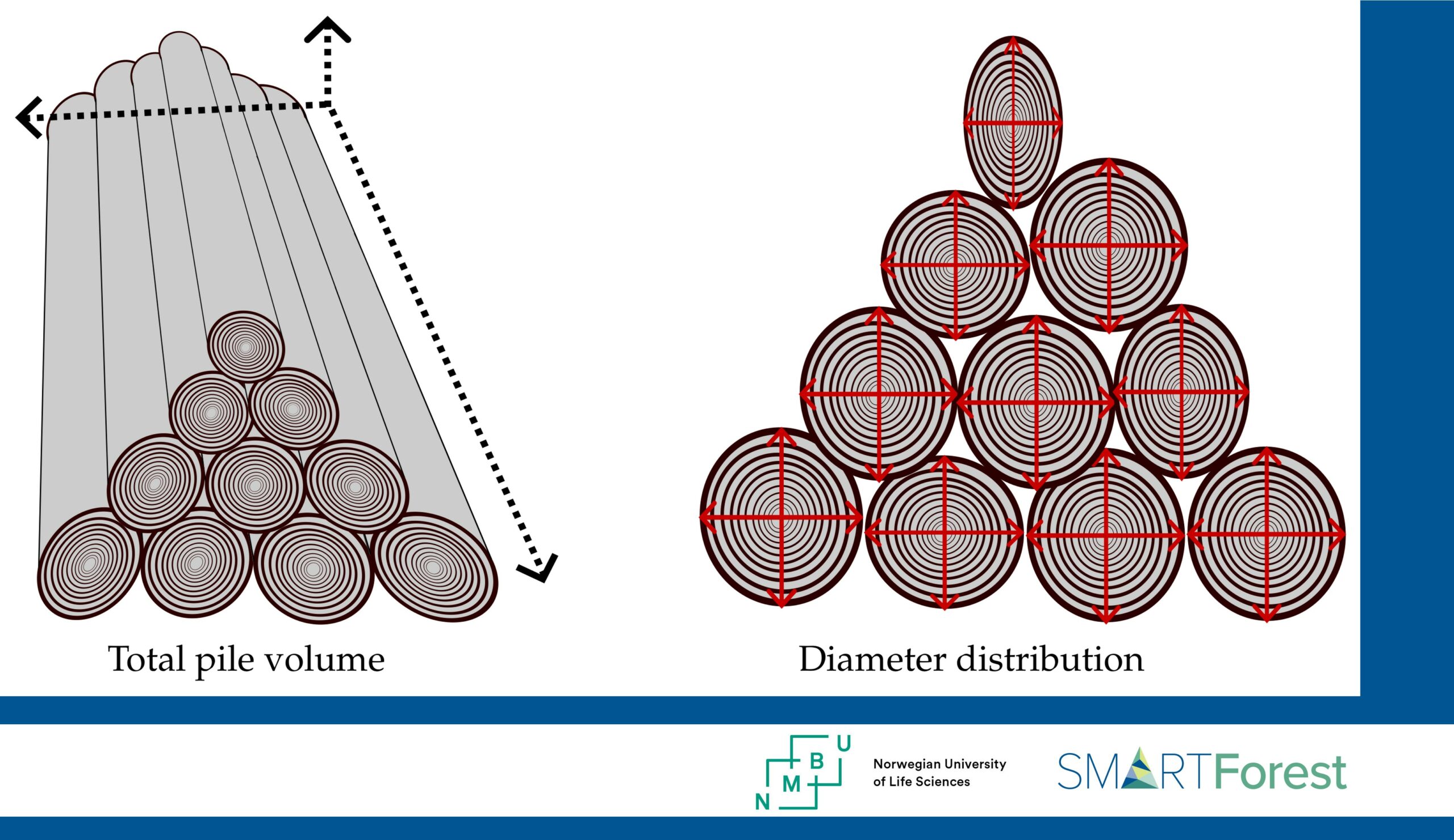A new article, “A Comparative Literature Review of Machine Learning and Image Processing Techniques Used for Scaling and Grading of Wood Logs” was just published in forests.
Congratulations to the authors Yohann Jacob Sandvik, Cecilia Marie Futsæther, Kristian Hovde Liland and Oliver Tomic!
This literature review assesses the efficacy of image-processing techniques and machine-learning models in computer vision for wood log grading and scaling. Four searches were conducted in four scientific databases, yielding a total of 1288 results, which were narrowed down to 33 relevant studies. The studies were categorized according to their goals, including log end grading, log side grading, individual log scaling, log pile scaling, and log segmentation. The studies were compared based on the input used, choice of model, model performance, and level of autonomy. This review found a preference for images over point cloud representations for logs and an increase in camera use over laser scanners. It identified three primary model types: classical image-processing algorithms, deep learning models, and other machine learning models. However, comparing performance across studies proved challenging due to varying goals and metrics. Deep learning models showed better performance in the log pile scaling and log segmentation goal categories. Cameras were found to have become more popular over time compared to laser scanners, possibly due to stereovision cameras taking over for laser scanners for sampling point cloud datasets. Classical image-processing algorithms were consistently used, deep learning models gained prominence in 2018, and other machine learning models were used in studies published between 2010 and 2018.

